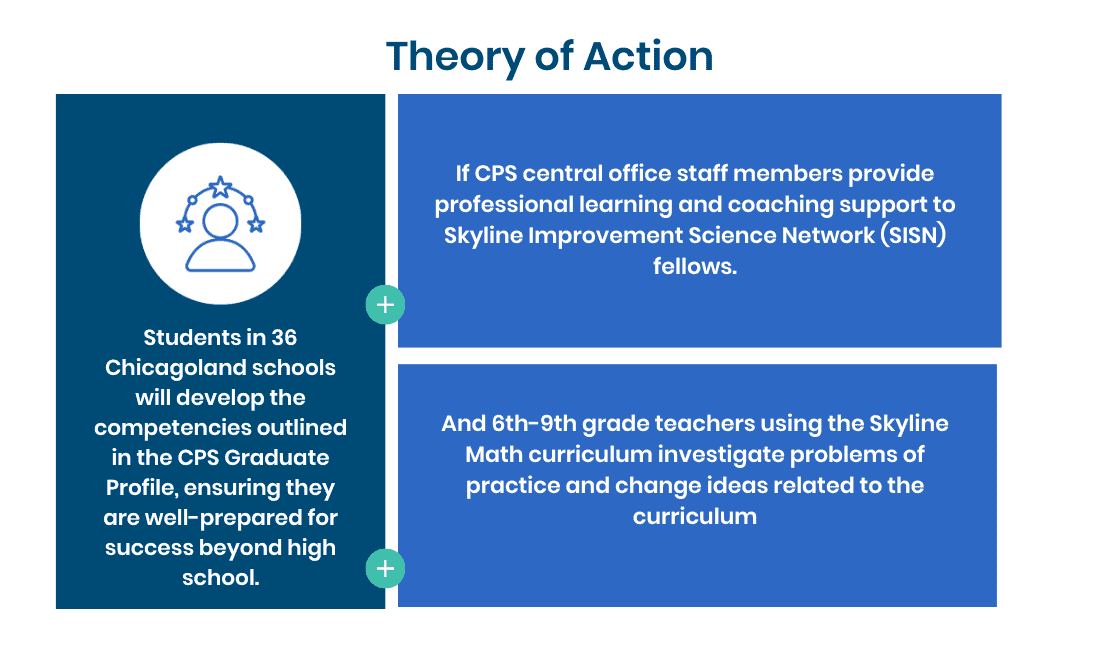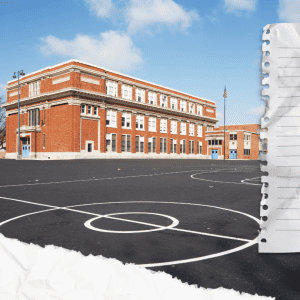
How can data support work toward instructional priorities?
02/08/2024

Data-driven practice helps teachers make their best even better
Change is constant in an environment as complex as a school system, and focus matters. But the question remains: How do you ensure that your practices are not just based on intuition but rooted in thoughtful sourcing of internal and external data for research for lasting change in teaching and learning?
 Instructional planning is already complex in a typical year. Now it’s happening at a time when many students are behind grade-level and a fiscal cliff looms. One thing is still clear: successful implementation of an improvement system requires considerable alignment and coherence within and across schools.
Instructional planning is already complex in a typical year. Now it’s happening at a time when many students are behind grade-level and a fiscal cliff looms. One thing is still clear: successful implementation of an improvement system requires considerable alignment and coherence within and across schools.
As part of our ongoing blog series on unpacking the conditions essential to transforming districts into thriving learning environments, we’ll dive into data-driven improvement. In this blog, we’ll discuss what data Improvement is and the science behind it, leaving you with some practical tips on cultivating a culture of continuous improvement, along with an example from our partnership with Chicago Public Schools.
Learning By Doing: The Science
Data-driven improvements help us measure the impact we’re having. Improvement science itself is explicitly designed to accelerate learning by doing. The Carnegie Foundation writes, “It’s a more user-centered and problem-centered approach to improving teaching and learning.” But what does that process look like?
One example described in this story from Louisiana emphasizes time for teachers to do new learning around priority topics and content knowledge. More generally, teachers can spend this time learning the design principles behind high-quality instructional materials and analyzing standards and tasks.
Because teachers can only effectively teach what they understand, district leaders can support their teachers in gaining deep content knowledge through cycles of continuous improvement. That means teachers’ learning follows a sequence corresponding to what they will teach next. Data plays a significant role in this process. Your data can help identify the goals, including the short-term targets, and gauge progress along the way.
Addressing Disparities and Accelerating Success
Data can reveal opportunities to address resource disparities, close stubborn opportunity gaps, and accelerate student success. Leaders routinely collect and analyze data related to aspects of student performance, attendance patterns, disciplinary actions, and more. At an instructional level, robust and well-organized evidence can help teachers and leaders set improvement goals together and understand the impact of the strategies they are currently deploying.
Now in 2024, many schools are beginning to shift how they use data to help students and teachers learn better. Instead of simply looking at test scores, they are shifting toward “practical measurement,” using ongoing assessments and tasks to understand how students are doing in different subjects.
This shift helps teachers adjust their teaching while it’s happening, making it easier to help students learn and improve. There’s also been a push to keep data about how students and teachers work together. By combining both information, school leaders can use real-time data about how students and teachers are making decisions that support everyone’s success in teaching and learning.
Realizing Improvement in Chicago Public Schools
 Leading Educators has supported school leaders nationwide to think strategically through data-driven improvement. Consider this example from our ongoing partnership with Chicago Public Schools (CPS), where a randomized control trial by the RAND Corporation demonstrated significant student growth.
Leading Educators has supported school leaders nationwide to think strategically through data-driven improvement. Consider this example from our ongoing partnership with Chicago Public Schools (CPS), where a randomized control trial by the RAND Corporation demonstrated significant student growth.
In 2017, Chicago Public Schools administrators noted significant variations in instructional focus across schools and classrooms. They grew concerned about unequal access to grade-appropriate assignments and effective instructional practices.
The findings led to a system-wide assessment of curriculum quality, availability, and accessibility in a district where most decisions had been decentralized. A 2019 survey of 500 teachers confirmed the issue; almost half lacked access to curriculum resources, and 35% spent over five hours weekly searching for materials. An overwhelming 85% believed it was essential for the district to provide unit and lesson plans and teacher resources. These findings galvanized Chicago leaders into action.
Implementing Data-Informed Practices
As partners, Leading Educators sought to provide CPS offices with the opportunity to learn how to employ research-based and data-informed practices to achieve enduring improvements in teaching and learning.
Leveraging improvement science, we began to anticipate and address persistent barriers to successful implementation of a new, Chicago-specific curriculum called Skyline, including:
- Fragmented communication and misaligned priorities at the school level,
- school and teacher leaders’ ability to balance multiple priorities while adapting to a new instructional approach,
- and comprehensive progress monitoring to link instructional efforts to student outcomes.

Leading Educators continues to facilitate a Network Improvement Community (NIC) structure. Together, stakeholders from 36 schools work to develop mindsets that support effective change management and high expectations for students and apply instructional knowledge and skills in improvement science. These skills will enable them to support their educators better and strengthen the quality of learning they provide students.
How you can cultivate a culture of continuous improvement
Here are some power moves to foster continuous improvement through data effectively:
Cultivate a Data-Centric Culture:
- Gain buy-in for the importance of data.
- Provide training on data literacy for educators and staff.
- Develop a clear communication strategy to convey the significance of data-driven practices.
Implement Robust Data Systems:
- Integrate student and educator growth data into unified systems.
- Invest in real-time analytics for quicker decision-making.
- Establish protocols for data quality assurance.
Promote Collaborative Data-Informed Practices:
- Form collaborative data teams within schools or across the district.
- Schedule regular data review sessions at school and district levels.
- Establish feedback loops between data analysis and instructional practices.
Want support to make your best even better? We’ve helped over a dozen school districts do just that. Send us a note, and we’ll have a team member reach out to learn more about your goals.









